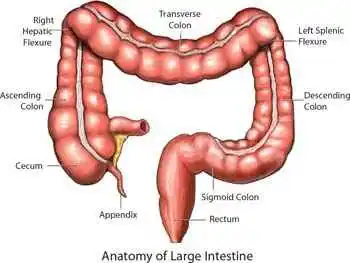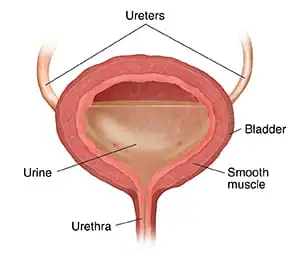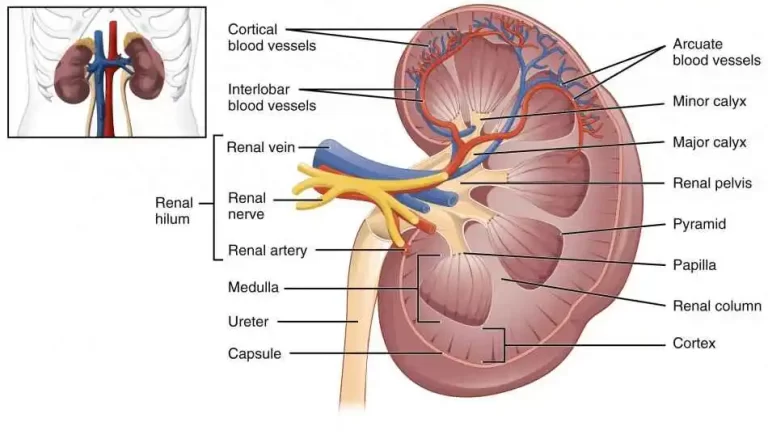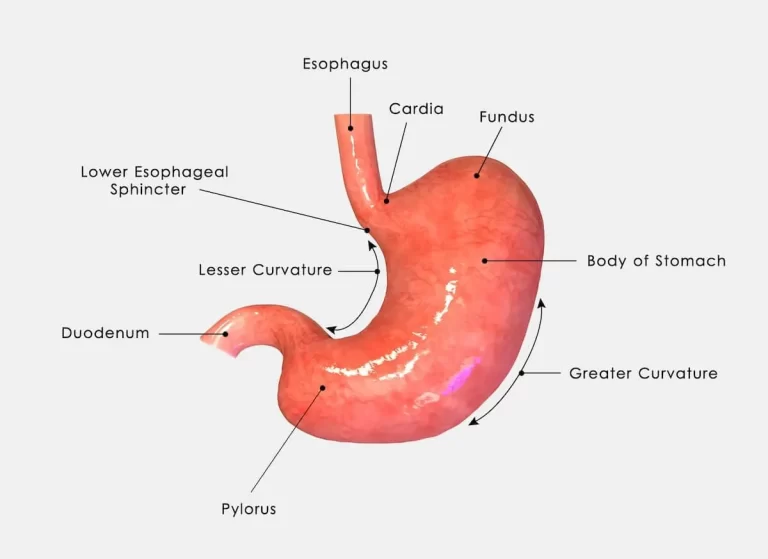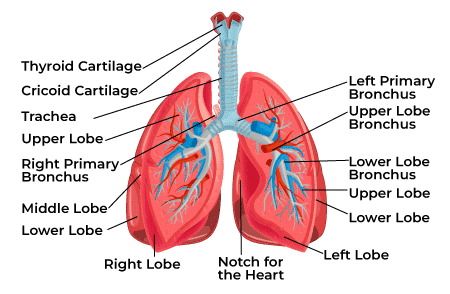Large Intestine
Overview The large intestine is the most important element of your digestive system’s complicated, tube-shaped gastrointestinal (GI) tract, where food finally exits your body. Intestinal waste from food gets expelled at the anal canal, where it ends after reaching the small intestine. The large intestine converts food waste into stool, whereby the body removes when…

